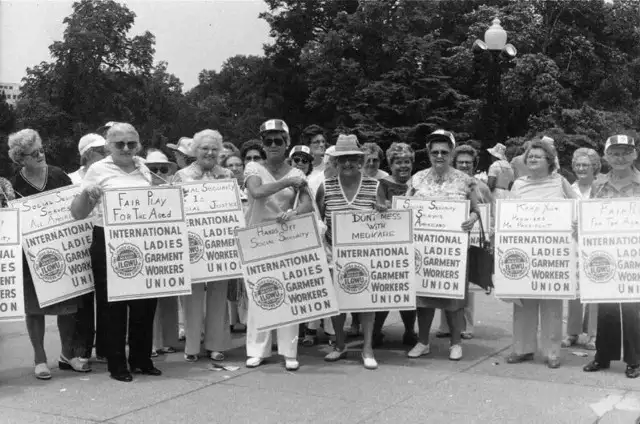
International Women’s Day is an occasion that celebrates women from all parts of the world, from all different walks of life. Celebrated on the 8th of March annually, it aims to commemorate the social, political, economic, and cultural achievements of women through the years. It also seeks to raise awareness about the women’s rights movement, and advocates for issues like gender inequality, reproductive rights, and violence against women. This is why people look forward to this day eagerly and celebrate it with great enthusiasm each year. Very few people, however, are aware of how the invention of this day is linked to the struggles of women workers in the textile industry.
. . .
The first observance of Women’s Day is believed to be held on February 28, 1909, in New York City, when a group of women garment workers belonging to the International Ladies Garment Workers’ Union and similar organizations went on a series of general strikes that lasted until the following year. Despite the fact that these women were active workers in the many sweatshops of the city, there was a complete absence of any institutions, rules, and regulations, that could fulfill the needs of single working women. Because of this, women workers were either forced to quit their jobs and succumb to being homemakers, or they were forced to continue being treated as second-class citizens working under inhumane conditions. It is in this scenario that Theresa Malkiel- a Ukranian-born Jewish woman who had migrated to America in the late 1890s, and who had been working in such sweatshops since she was 17- decided to take charge in order to change things, and initiated the women workers’ strike.
While Malkiel is lauded today as the founder of International Women’s Day, she had to face and overcome a lot of challenges- both personally and professionally- in order to be granted safer working conditions and more recognition from industry leaders. Some of these included exclusion from industry meetings, events, and associations because of her gender; the lack of support and backing by people in power; and societal pressure to get married and start a family. She writes of these issues in an essay, saying:
For the workingwoman of today finds herself between two fires — on the one hand, she faces the capitalist class, her bitterest enemy; it foresees a far-reaching danger in her emancipation and with all the ability of its money power tries to resist her eventual advent into the civilized world. In her anguish the working woman turns towards her brothers in the hope to find a strong support in their midst, but she is doomed to be disillusioned, for they discourage her activity and are utterly listless towards the outcome of her struggle.
However, she persisted and began seeking support, not from men, but from other fellow women workers, who like her had similar frustrations and were confronted by the same challenges. She mobilized these women, and with the backing and support of the Socialist Party of America, organized the protest on March 8, 1909.





This moment was a landmark in the history of the women’s empowerment movement. Inspired by the women workers in the textile industry in New York City, similar demonstrations were organized in Europe, most notably in Austria, Denmark, Germany, and Switzerland. In the following year, the first International Women’s Day was marked by over a million women in these countries, where women not only advocated for safer working conditions but also demanded the right to vote, and hold public office.
…
Over the last century, women have made a lot of progress in all spheres of life. However, while we are celebrating the women of today, we must remember to pay homage to women like Malkiel, who risked their livelihood in the textile industry, to advocate for a safe future for us all.
